In recent years, the trade relationship between China and Japan has flourished, establishing sea freight as a pivotal element of this economic partnership. With approximately 75% of cargo traffic moving via maritime routes, the importance of efficient shipping solutions cannot be overstated. Sea freight is celebrated for its cost-effectiveness, substantial capacity, and environmentally friendly nature, making it the preferred choice for businesses. In this article, we will delve into the intricacies of sea freight, exploring the benefits, costs, transit times, and key ports involved in transporting goods between these two nations.
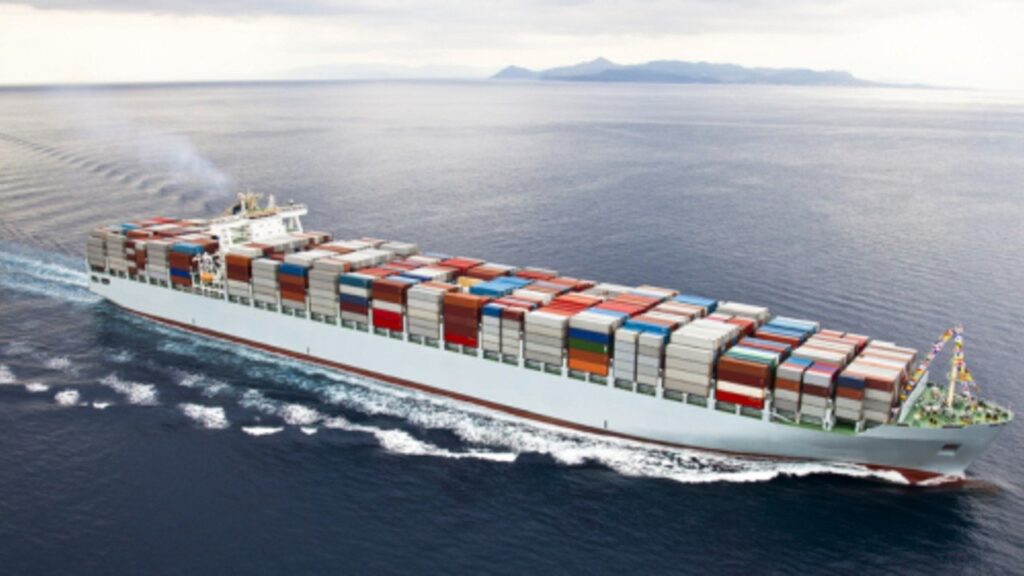
Introduction to Sea Freight from China to Japan
The trade relationship between China and Japan has grown immensely over the past few decades, making sea freight a vital component of this economic partnership. With China being one of Japan’s largest trading partners, the significance of efficient and reliable shipping options cannot be understated.
Importance of Sea Freight in China-Japan Trade
Sea freight plays a crucial role in facilitating the movement of goods between these two nations. Approximately 75% of the total cargo transported between China and Japan is carried via maritime routes. This preference is driven by several factors:
- Cost-Effectiveness: Sea freight is generally more economical than air freight, especially for large shipments, allowing businesses to optimize their logistics costs.
- Capacity: Shipping via sea provides greater volume capacity, accommodating large quantities of goods that cannot be easily transported by air.
- Environmental Considerations: With increasing focus on sustainability, sea freight is considered a greener alternative, emitting less CO2 per ton of cargo compared to air freight.
Overview of Sea Freight Options and Benefits
When considering sea freight from China to Japan, businesses have various options to choose from, each tailored to specific shipping needs. The primary sea freight methods consist of Less than Container Load (LCL) and Full Container Load (FCL) shipping.
The benefits of opting for sea freight include:
- Flexible Shipping Schedules: Regular shipping schedules help businesses plan their supply chain processes more effectively.
- Diverse Range of Goods: Sea freight can handle a wide variety of goods, from dry cargo to refrigerated items, providing flexibility for different business needs.
- Customs Clearance Assistance: With freight forwarders like Dantful International Logistics, customers can benefit from comprehensive customs clearance services, ensuring smooth transitions through customs.
Understanding Sea Freight Options
Understanding the different sea freight options available is essential for businesses looking to import goods from China to Japan. The choice between LCL and FCL shipping can significantly impact costs, transit times, and overall logistics efficiency.
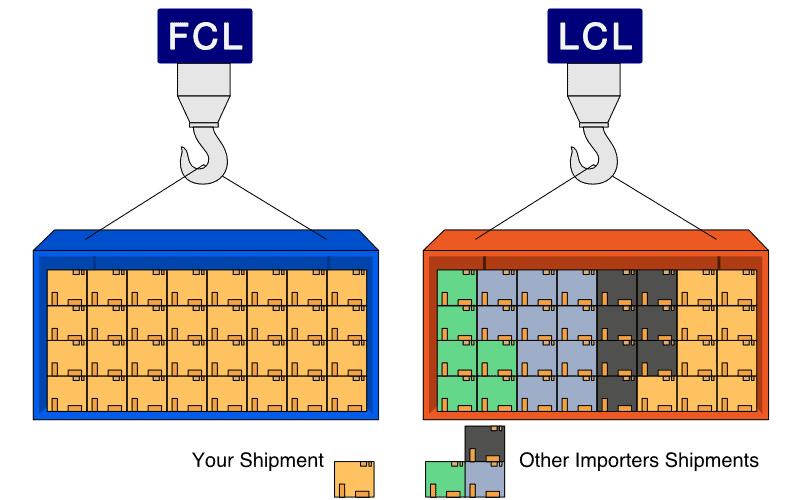
Less than Container Load (LCL) Shipping
Definition and Advantages of LCL
Less than Container Load (LCL) shipping refers to the process of transporting cargo that does not fill an entire container. Multiple shipments from different customers may share a single shipping container, maximizing space utilization.
Advantages of LCL:
- Cost-Effective for Smaller Shipments: LCL is particularly beneficial for businesses that do not have enough goods to fill a full container. The shared cost of shipping allows for reduced expenses.
- Flexibility in Shipment Size: Companies can ship smaller quantities without having to wait to gather enough products for a full container.
- Frequent Sailings: LCL services often have more frequent departures, which can help expedite delivery times for smaller orders.
Ideal Use Cases for LCL
LCL is best suited for:
- Small to medium-sized businesses looking to import goods without requiring full container capacity.
- Companies that have fluctuating order sizes or seasonal demands.
- Those needing a more rapid response to changing inventory needs without the commitment to FCL shipping.
Full Container Load (FCL) Shipping
Definition and Advantages of FCL
Full Container Load (FCL) shipping involves the use of an entire shipping container dedicated to a single shipment. This method is often preferred for larger shipments that can fill or nearly fill a container.
Advantages of FCL:
- Lower Cost per Unit: While the upfront cost is higher than LCL, FCL usually results in lower shipping costs per unit when shipping larger volumes.
- Faster Transit Times: FCL shipments often experience quicker transit times, as they are less likely to be delayed by the consolidation process associated with LCL.
- Reduced Risk of Damage: With a dedicated container, products are less likely to be damaged or misplaced during transit since they are not subject to multiple handling processes.
Ideal Use Cases for FCL
FCL shipping is ideal for:
- Large businesses with substantial shipping demands that can consistently fill a container.
- Companies looking to transport high-value or fragile items that require minimal handling.
- Importers needing control over shipping schedules and faster delivery times.
In conclusion, choosing the right sea freight option between LCL and FCL is paramount for success in international trade. For businesses seeking a professional, cost-effective, and reliable solution, Dantful International Logistics offers exemplary services tailored to meet the diverse needs of global traders. By leveraging their expertise in door-to-door shipping, customs clearance, and warehouse services, businesses can streamline their logistics and focus on growth. Explore Dantful’s offerings to optimize your shipping strategy from China to Japan.
Comparing LCL and FCL Shipping Costs
When considering sea freight from China to Japan, understanding the cost implications of both Less than Container Load (LCL) and Full Container Load (FCL) shipping is crucial for businesses. Each method has distinct cost factors that can influence a company’s decision based on their shipping needs and budget constraints.
Cost Factors for LCL and FCL
The costs associated with LCL and FCL shipping can vary significantly based on several factors:
- Container Utilization: LCL shipping is charged based on volume or weight, while FCL shipping has a fixed cost per container regardless of how full it is.
- Handling Fees: LCL incurs additional handling costs due to consolidation processes, whereas FCL may have lower handling fees as the shipment is directly loaded and delivered.
- Freight Rates: The price per cubic meter or ton for LCL is generally higher than for FCL, making FCL more advantageous for larger shipments.
- Customs and Documentation Fees: Both shipping methods involve customs fees, but these may differ based on the complexity and volume of shipments.
Average Rates for LCL and FCL from China to Japan
The specific rates for LCL and FCL shipping can fluctuate based on market conditions, fuel prices, and demand. The following table provides an illustrative comparison of average shipping costs from China to Japan for both LCL and FCL options:
| Shipping Method | Average Cost (USD) | Typical Volume (CBM) | Cost Per CBM (USD) |
|---|---|---|---|
| LCL | $1000 | 10 | $100 |
| FCL | $2500 | 40 | $62.50 |
This table demonstrates that while LCL may be cost-effective for smaller shipments, the cost per cubic meter decreases significantly with FCL, making it a more economical choice for larger volumes.
You may be interested in the following related articles:
- Container Shipping Costs from China to France: What You Need to Know
- The Ultimate Guide to Sea Freight from China to Finland
- Cheapest Shipping Company from China to Russia: What You Need to Know
- The Ultimate Guide to Container Shipping Costs from China to Africa in 2024
- The Ultimate Guide to Door to Door Shipping from China to Indonesia
- The Ultimate Guide to Container Shipping Costs from China to Colombia in 2024
Typical Transit Times for Sea Freight
Transit times can vary based on the shipping method chosen. Understanding the average transit times for both LCL and FCL shipping is essential in planning logistics and managing customer expectations.
Average Transit Times for LCL and FCL
The following table outlines the typical transit times for LCL and FCL shipping from China to Japan:
| Shipping Method | Average Transit Time (Days) | Delivery Speed |
|---|---|---|
| LCL | 15-25 | Moderate |
| FCL | 8-12 | Fast |
As illustrated in the table, FCL shipping generally offers a faster transit time compared to LCL. This is primarily due to the streamlined process of loading and unloading a dedicated container.
Factors Affecting Transit Times
Several factors can impact the transit times for LCL and FCL shipping, including:
- Port Congestion: Busy ports can lead to delays in loading and unloading containers.
- Weather Conditions: Severe weather can impede shipping schedules and result in longer transit times.
- Shipping Line Operations: Different shipping lines may have varying schedules and operational efficiencies, affecting delivery times.
- Customs Clearance: Delays in customs processing can prolong the transit time, especially for LCL shipments that require more documentation.
Choosing the appropriate shipping method and understanding the associated costs and transit times can significantly enhance logistics efficiency. For businesses looking to make informed decisions regarding their import needs, partnering with a reliable freight forwarder like Dantful International Logistics can provide a competitive advantage. Our broad range of services, including customs clearance and warehouse solutions, ensures that shipments from China to Japan are handled professionally and efficiently.
You may be interested in the following related articles:
- Shipping From China To Vietnam
- Shipping From China To South Korea
- Shipping From China To Philipines
- Shipping From China To Pakistan
- Shipping From China To Indonesia
- Shipping From China To Singapore
- Shipping From China To Thailand
- Shipping From China To Malaysia
Major Chinese Ports for Exports to Japan
When exporting goods from China to Japan, the choice of port can significantly influence logistics efficiency and shipping times. Several key ports in China serve as primary gateways for sea freight to Japan, each offering unique advantages that can benefit exporters.
Key Ports in China for Sea Freight to Japan
- Shanghai
- As one of the busiest ports in the world, Shanghai handles a massive volume of cargo every day.
- It provides direct shipping routes to various ports in Japan, including Tokyo and Yokohama.
- Ningbo-Zhoushan
- Located south of Shanghai, Ningbo-Zhoushan is known for its deep-water capabilities, accommodating large vessels.
- This port serves as a critical hub for exporting goods to Japan, especially for manufacturers in the Zhejiang province.
- Shenzhen
- The Shenzhen port is strategically located near Hong Kong and is a major export center for electronics and technology products.
- It has efficient logistics networks, enabling quick turnaround times for shipments to Japan.
- Guangzhou
- As a key port in southern China, Guangzhou facilitates trade with Japan, particularly for products from the Guangdong province.
- It is well-connected by road and rail, allowing for seamless transportation of goods to and from the port.
- Xiamen
- Xiamen is an emerging port that caters to trade with Japan, especially in agricultural products and textiles.
- The port is known for its efficient customs clearance processes, which can expedite shipping.
Advantages of Each Port
| Port Name | Advantages |
|---|---|
| Shanghai | Busiest port, extensive shipping routes, modern facilities |
| Ningbo-Zhoushan | Deep-water capabilities, proximity to major manufacturing areas |
| Shenzhen | Strategic location, strong electronics export network |
| Guangzhou | Excellent connectivity, supports regional manufacturers |
| Xiamen | Efficient customs processes, growing trade potential |
These ports offer distinct advantages that can optimize the export process from China to Japan, making it essential for businesses to choose the port that best aligns with their logistical needs.
Japan Ports for Receiving Sea Freight
Japan’s port infrastructure is vital for the efficient receipt of goods from international markets. The main ports in Japan are equipped with modern facilities and handling capabilities that ensure smooth operations for incoming shipments.
Main Ports in Japan for Receiving Goods
- Tokyo Port
- Tokyo Port is one of Japan’s busiest ports and serves as a major hub for various imported goods.
- It is well-connected to the metropolitan area, facilitating swift distribution across the region.
- Yokohama Port
- Located just south of Tokyo, Yokohama is noted for its strong shipping connections with China and other countries.
- The port has extensive logistics networks, enabling efficient cargo handling and transport.
- Osaka Port
- Osaka is a significant port for industrial goods, serving the Kansai region.
- It has well-established import channels, particularly for machinery and automotive products.
- Kobe Port
- This port specializes in bulk cargo and is known for its advanced container handling capabilities.
- Kobe Port plays a vital role in the supply chain for food products and raw materials.
- Nagasaki Port
- As a key port in southwestern Japan, Nagasaki facilitates trade with neighboring Asian countries.
- It is suitable for receiving various goods, including electronics and textiles.
Port Infrastructure and Handling Capabilities
| Port Name | Infrastructure Features | Handling Capabilities |
|---|---|---|
| Tokyo Port | Modern container terminals, extensive rail connections | High cargo throughput, quick processing times |
| Yokohama Port | Advanced logistics facilities, deep-water berths | Efficient cargo handling, multimodal transport options |
| Osaka Port | Well-equipped for industrial goods, robust customs facilities | Specialized in machinery and automotive imports |
| Kobe Port | Bulk cargo handling facilities, modern container terminals | Focused on food products and raw materials |
| Nagasaki Port | Integrated transport systems, capacity for diverse cargo types | Adapts to various import sectors |
The various ports in Japan provide robust infrastructure and handling capabilities essential for receiving sea freight. Choosing the optimal port can enhance the efficiency of the import process, allowing businesses to streamline their supply chains. Leveraging the expertise of a trusted logistics partner like Dantful International Logistics can further facilitate smooth trade operations between China and Japan. With services ranging from customs clearance to warehouse management, Dantful can help businesses optimize their import logistics effectively. Explore Dantful’s offerings to ensure your shipping processes are both efficient and cost-effective.
Preparing Your Shipment for Sea Freight
Effective preparation is vital for ensuring that your shipment is compliant and ready for sea freight. Proper documentation, packaging, and labeling practices can mitigate delays and ensure a smooth transit from China to Japan.
Essential Documentation
Several essential documents are required for shipping goods internationally. Key documents include:
-
Commercial Invoices: This document outlines the transaction details between the buyer and seller, including the description of the goods, their value, and payment terms. It serves as a key reference for customs authorities.
-
Packing Lists: This detailed document lists all items included in the shipment, specifying quantities and packaging types. It aids customs officials in verifying the cargo and can help avoid disputes about the contents of the shipment.
-
Bills of Lading (BOL): The BOL serves as both a receipt for the goods and a contract between the shipper and the carrier. It includes critical details such as the type of goods, shipping instructions, and the consignee’s information.
Additional documents that may be required include certificates of origin, insurance certificates, and specific permits depending on the type of goods being shipped.
Packaging and Labeling
Proper packaging and labeling are crucial for protecting goods during transit and ensuring compliance with customs regulations.
Packaging Guidelines for Sea Freight
-
Durability: Use strong, weather-resistant materials to protect goods from moisture and rough handling during shipping.
-
Weight Distribution: Ensure that the weight is evenly distributed within the package to prevent damage during transit.
-
Use of Pallets: For larger shipments, consider using pallets to facilitate easier handling and stacking.
-
Secure Contents: Use appropriate cushioning materials to secure fragile items and prevent movement during transport.
Proper Labeling for Customs Clearance
-
Clear Identification: Ensure all packages are clearly labeled with the correct consignee information and shipping details.
-
Customs Labels: Include any required customs information, such as tariff codes or descriptions of the products, to expedite the customs clearance process.
-
Handling Instructions: Clearly label packages with handling instructions (e.g., “Fragile,” “Keep Dry”) to inform handlers of special requirements.
Navigating Customs Clearance
Navigating the customs clearance process is essential for successful international shipping. Understanding the customs procedures in both China and Japan helps ensure timely delivery of goods.
Understanding Customs Procedures in China and Japan
Customs procedures can differ significantly between countries. In general, the following steps are involved:
- China’s Customs Procedure:
- Exporters must declare their goods and provide all necessary documentation, including commercial invoices and packing lists.
- Customs officials review the declarations, and if everything is in order, the shipment is cleared for export.
- Japan’s Customs Procedure:
- Upon arrival, shipments are subject to inspection by Japanese customs. All documentation must be presented, including the bill of lading, commercial invoice, and any necessary permits.
- Duties and taxes may apply based on the value of the goods, and these must be paid before the goods are released.
Tips for Smooth Customs Clearance
- Complete Documentation: Ensure all documents are accurate and complete to prevent delays.
- Early Preparation: Begin preparing documents and understanding customs requirements well in advance of shipping.
- Engage a Freight Forwarder: Partnering with a knowledgeable freight forwarder can help navigate the complexities of customs clearance.
- Stay Informed: Keep abreast of any changes in trade regulations or customs procedures that may affect your shipment.
Choosing the Right Sea Freight Forwarder
Selecting a reliable freight forwarder is essential for successful sea freight operations. A good forwarder can streamline the shipping process and provide valuable support.
Qualities of a Reliable Freight Forwarder
- Experience and Expertise: Look for a forwarder with a proven track record and extensive knowledge of the shipping industry and specific trade routes.
- Strong Network: A well-established freight forwarder should have a robust network of carriers, customs brokers, and logistics partners to facilitate comprehensive service.
- Transparent Pricing: Ensure that the forwarder provides clear and transparent pricing structures, including all potential fees and charges.
- Customer Support: Choose a forwarder that offers excellent customer support, with dedicated representatives to assist throughout the shipping process.
Questions to Ask When Selecting a Forwarder
- What experience do you have with shipments to Japan?
- Can you provide references from other clients?
- What is your process for dealing with customs clearance?
- Do you offer insurance services for shipments?
- How do you handle delays or issues that arise during transit?
Why Choose Dantful Logistics
Dantful International Logistics stands out as a highly professional, cost-effective, and high-quality one-stop international logistics service provider. By choosing Dantful, businesses gain access to a variety of services tailored to meet their shipping needs, including:
- Expertise in Sea Freight: Dantful specializes in sea freight from China to Japan, ensuring compliance with all regulations and customs requirements.
- Comprehensive Customs Clearance Services: Their experienced team facilitates smooth customs processes, reducing the risk of delays.
- Flexible Solutions: Dantful offers tailored solutions for both LCL and FCL shipping, accommodating the unique requirements of each client.
- Support for E-Commerce: Dantful provides additional services such as door-to-door shipping and warehouse management, which are particularly beneficial for e-commerce businesses.
With Dantful, businesses can streamline their logistics processes and focus on growth in the competitive global market. Explore Dantful’s offerings to enhance your shipping strategy effectively.
Dantful International Logistics Services:
- Dantful Ocean Freight Services
- Air Freight From China
- Amazon FBA Freight Forwarding
- WAREHOUSE Services
- One-Stop Customs Clearance Solution
- Cargo Insurance Services in China
- DDP Shipping Services By Dantful Logistics
- Out of Gauge Cargo Transportation Shipping Services
FAQs
1. What is the difference between Less than Container Load (LCL) and Full Container Load (FCL)?
Answer:
LCL shipping allows multiple customers to share a container, making it cost-effective for smaller shipments. It is ideal for businesses that do not have enough goods to fill an entire container. Conversely, FCL involves a single shipment that occupies an entire container, which is more economical for larger shipments and offers faster transit times with reduced risk of damage.
2. How do shipping costs compare between LCL and FCL?
Answer:
Typically, LCL costs are higher per cubic meter than FCL due to the shared nature of LCL shipments and additional handling fees. For larger volumes, FCL provides a lower cost per unit, making it more cost-effective for businesses with substantial shipping needs.
3. What are the average transit times for shipments from China to Japan?
Answer:
Average transit times can vary. LCL shipments generally take 15-25 days, while FCL shipments are faster, averaging 8-12 days. Actual times can be affected by factors such as port congestion and weather conditions.
4. Which ports in China are best for exporting to Japan?
Answer:
Key ports for exporting from China to Japan include Shanghai, Ningbo-Zhoushan, Shenzhen, Guangzhou, and Xiamen. Each port offers unique advantages, such as deep-water capabilities, strategic locations, and robust logistics networks.
5. What are the main ports in Japan for receiving sea freight?
Answer:
Main ports in Japan include Tokyo, Yokohama, Osaka, Kobe, and Nagasaki. These ports are well-equipped with modern facilities to handle various types of cargo efficiently.
6. What essential documentation is needed for shipping goods?
Answer:
Key documents required for international shipping include commercial invoices, packing lists, and bills of lading (BOL). Additional documents may include certificates of origin and insurance certificates, depending on the type of goods being shipped.
7. How can I ensure smooth customs clearance?
Answer:
To facilitate smooth customs clearance, ensure that all documentation is complete and accurate, prepare documents early, engage a knowledgeable freight forwarder, and stay informed about any changes in trade regulations.
8. What should I look for when choosing a freight forwarder?
Answer:
When selecting a freight forwarder, consider their experience, expertise, network strength, transparent pricing, and customer support. A reliable forwarder should also be well-versed in customs clearance processes specific to your shipping routes.

Young Chiu is a seasoned logistics expert with over 15 years of experience in international freight forwarding and supply chain management. As CEO of Dantful International Logistics, Young is dedicated to providing valuable insights and practical advice to businesses navigating the complexities of global shipping.

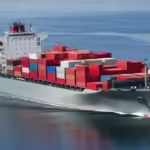
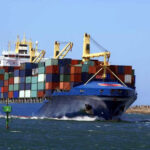

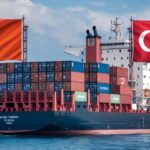
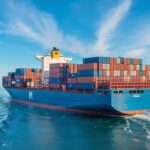
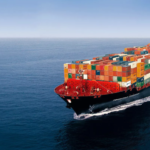
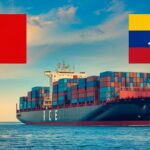
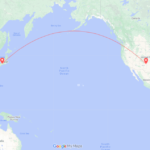


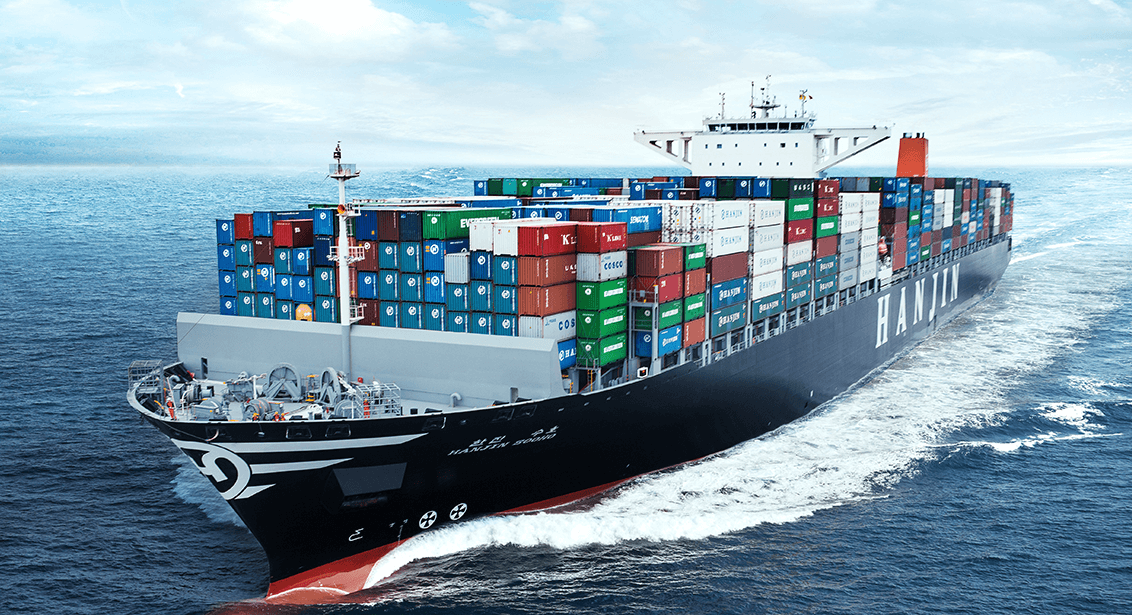
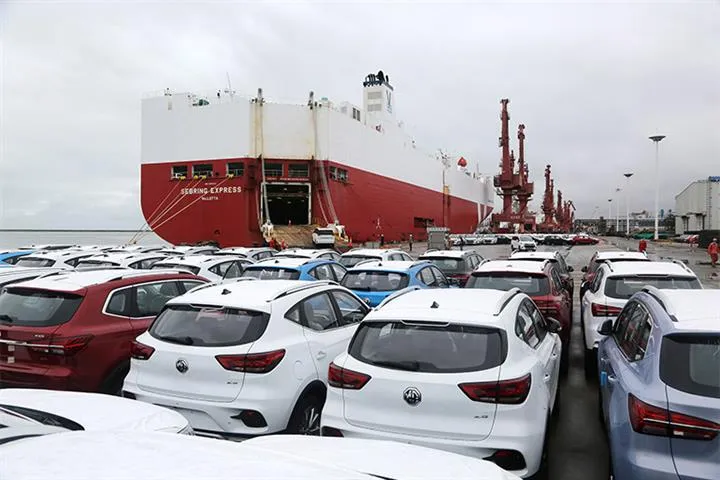

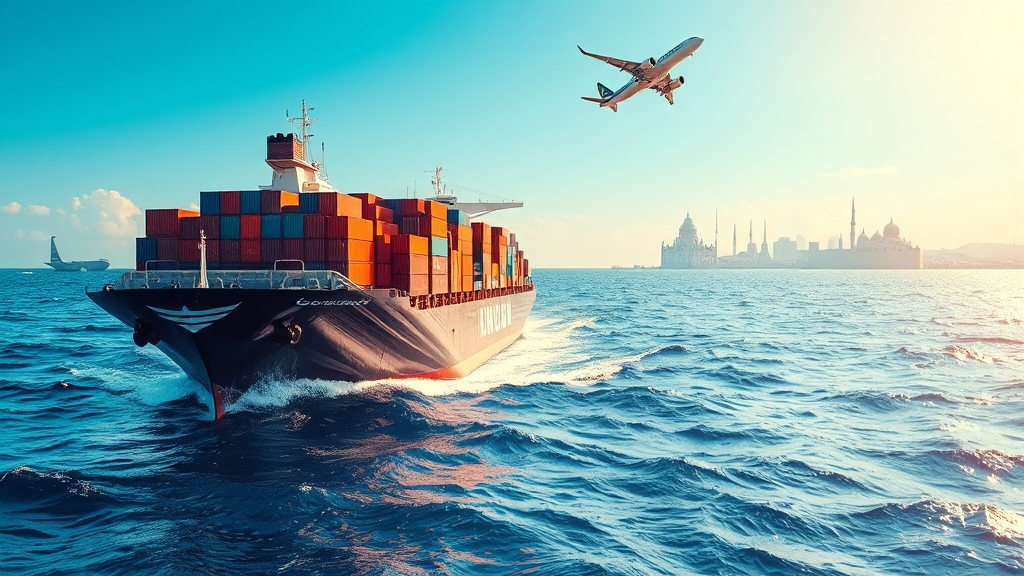
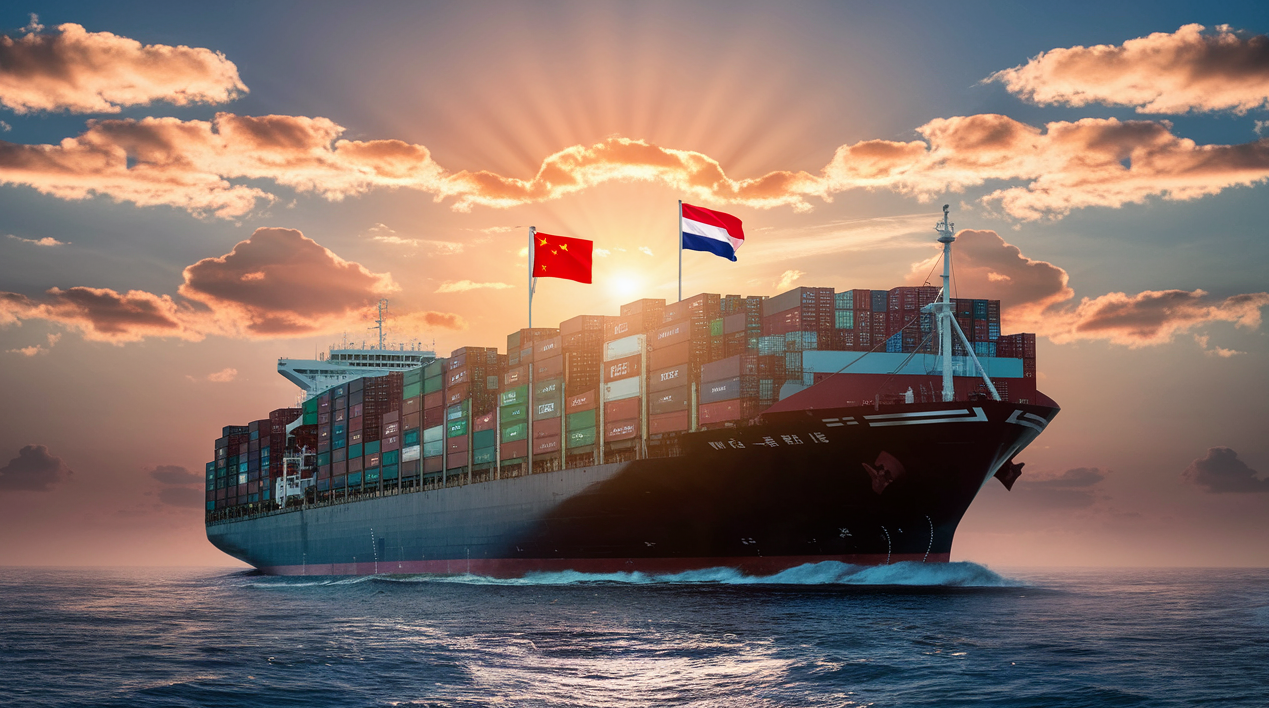





 Afrikaans
Afrikaans Shqip
Shqip አማርኛ
አማርኛ العربية
العربية Հայերեն
Հայերեն Azərbaycan dili
Azərbaycan dili Euskara
Euskara Беларуская мова
Беларуская мова বাংলা
বাংলা Bosanski
Bosanski Български
Български Català
Català Cebuano
Cebuano Chichewa
Chichewa 简体中文
简体中文 繁體中文
繁體中文 Corsu
Corsu Hrvatski
Hrvatski Čeština
Čeština Dansk
Dansk Nederlands
Nederlands English
English Esperanto
Esperanto Eesti
Eesti Filipino
Filipino Suomi
Suomi Français
Français Galego
Galego ქართული
ქართული Deutsch
Deutsch Ελληνικά
Ελληνικά Kreyol ayisyen
Kreyol ayisyen Harshen Hausa
Harshen Hausa Ōlelo Hawaiʻi
Ōlelo Hawaiʻi עִבְרִית
עִבְרִית हिन्दी
हिन्दी Hmong
Hmong Magyar
Magyar Íslenska
Íslenska Igbo
Igbo Bahasa Indonesia
Bahasa Indonesia Gaeilge
Gaeilge Italiano
Italiano 日本語
日本語 Basa Jawa
Basa Jawa ಕನ್ನಡ
ಕನ್ನಡ Қазақ тілі
Қазақ тілі ភាសាខ្មែរ
ភាសាខ្មែរ 한국어
한국어 كوردی
كوردی Кыргызча
Кыргызча ພາສາລາວ
ພາສາລາວ Latin
Latin Latviešu valoda
Latviešu valoda Lietuvių kalba
Lietuvių kalba Lëtzebuergesch
Lëtzebuergesch Македонски јазик
Македонски јазик Malagasy
Malagasy Bahasa Melayu
Bahasa Melayu മലയാളം
മലയാളം Maltese
Maltese Te Reo Māori
Te Reo Māori मराठी
मराठी Монгол
Монгол ဗမာစာ
ဗမာစာ नेपाली
नेपाली Norsk bokmål
Norsk bokmål پښتو
پښتو فارسی
فارسی Polski
Polski Português
Português ਪੰਜਾਬੀ
ਪੰਜਾਬੀ Română
Română Русский
Русский Samoan
Samoan Gàidhlig
Gàidhlig Српски језик
Српски језик Sesotho
Sesotho Shona
Shona سنڌي
سنڌي සිංහල
සිංහල Slovenčina
Slovenčina Slovenščina
Slovenščina Afsoomaali
Afsoomaali Español
Español Basa Sunda
Basa Sunda Kiswahili
Kiswahili Svenska
Svenska Тоҷикӣ
Тоҷикӣ தமிழ்
தமிழ் తెలుగు
తెలుగు ไทย
ไทย Türkçe
Türkçe Українська
Українська اردو
اردو O‘zbekcha
O‘zbekcha Tiếng Việt
Tiếng Việt Cymraeg
Cymraeg יידיש
יידיש Yorùbá
Yorùbá Zulu
Zulu